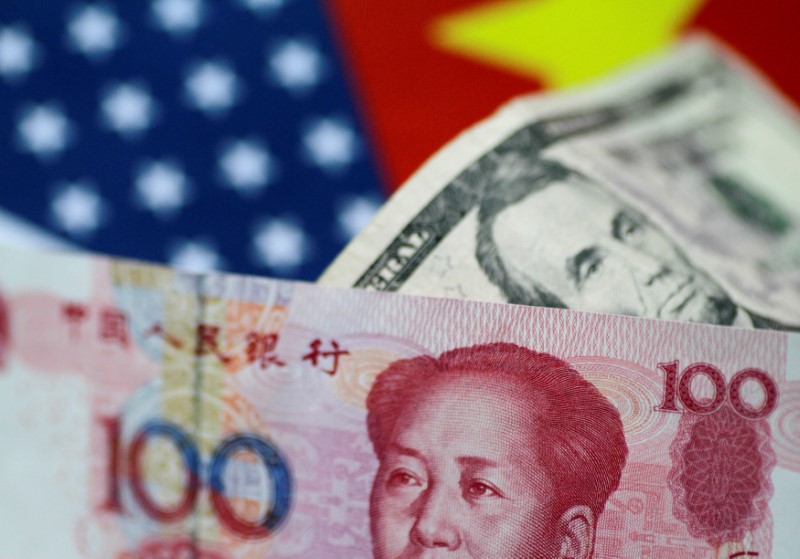
The Japanese yen remained an underperformer among its peers, weakening against the dollar even as government officials kept up their warnings of more potential intervention in currency markets.
Underperformance in the Australian dollar also persisted after the Reserve Bank of Australia struck a less hawkish chord than expected on Tuesday.
The Japanese yen’s USDJPY pair- which is inversely representative of strength in the yen- rose 0.3% and past the 155 level, moving back towards 34-year highs of over 160 hit last week.
The pair had tumbled from those levels after the Japanese government seemingly intervened in currency markets on two separate occasions, while some weakness in the dollar also aided the yen.
But with markets now questioning the outlook for interest rate cuts in the U.S., traders resumed their speculation against the yen, even as Japanese officials warned against sustained weakness in the currency.
The Australian dollar’s AUDUSD pair fell 0.4% on Wednesday, extending steep declines from the prior session after the RBA struck a less hawkish tone than traders were expecting.
While the RBA held rates steady and warned that inflation will remain sticky in the coming months, it stopped short of threatening to hike rates further- a scenario that had been priced into the Aussie in the lead-up to the meeting.
While the RBA did also imply that rates will remain high for longer, markets priced out expectations of rate hikes from the Australian dollar, which had hit a near two-month high before Tuesday’s meeting.
Still, losses in the Aussie are expected to be limited as interest rates remain near 12-year highs, potentially for the rest of 2024.
The dollar index and dollar index futures rose 0.1% in Asian trade, extending overnight gains after a slew of Fed officials warned that U.S. rates were more likely to remain unchanged for the rest of the year.
While softer-than-expected nonfarm payrolls data from last week spurred some bets on a September rate cut, a slew of Fed officials warned this week that sticky inflation was likely to give the bank more reason to keep rates static.
This rhetoric boosted the dollar and weighed on most risk-driven assets, with Asian currencies seeing sustained weakness.
The Chinese yuan’s USDCNY pair rose 0.1%, with markets awaiting trade data for April, due on Thursday, for more cues on Asia’s biggest economy.
The South Korean won’s USDKRW pair jumped 0.5%, while the Singapore dollar’s USDSGD pair added 0.1%.
The Indian rupee’s USDINR pair remained in sight of record highs above 83.5, with the currency set to experience increased volatility amid the 2024 general elections.
To read the full article, Click Here
